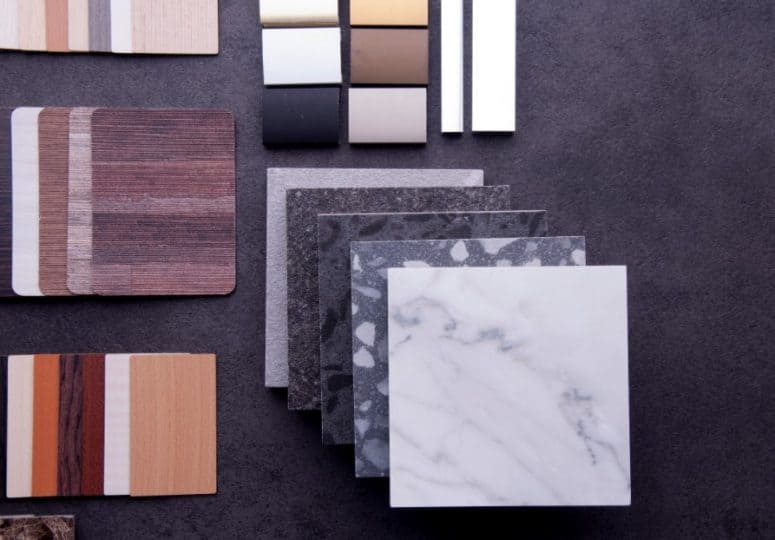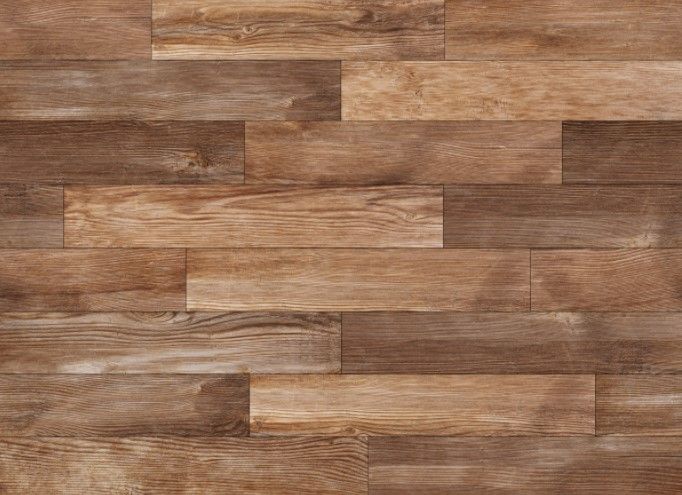When we think about flooring decor, most articles and discussions tend to focus on well-leveled floor surfaces. But what about uneven floor surfaces? The good news is that there are certain types of flooring that are designed to handle and accommodate bumpy or pitted flooring in your house.
Things to Consider Before Choosing Flooring for Uneven Surface
Having an uneven floor surface in your house can be quite uncomfortable to walk on. However, there are solutions available to cover and address this issue. Before choosing the type of flooring for your uneven surface, consider the following checklist:
- Flexibility: Opt for a flooring option that is flexible and can adjust to the contours of a slanted or wavy floor surface. This flexibility will help minimize the discomfort caused by the unevenness.
- Strength: If flexibility is not feasible, consider a floating floor option. This type of flooring requires sturdy planks or tiles that can be installed without being directly attached to the subfloor. By “floating” above the surface, the floor is less likely to crack or be affected by the unevenness beneath.
- Installation: If you prefer a non-floating floor option, you can still address the unevenness by using an underlayment. This method involves adding an additional layer between the subfloor and the flooring material to create a more even surface for installation. Keep in mind that this installation method may incur additional costs.
By considering these factors and understanding the installation requirements, you can choose a suitable flooring option that will help cover and accommodate your uneven floor surface effectively.
Best Flooring Options for Uneven Surface
Here, we present you with a selection of the finest options available to cover and enhance the appearance of your uneven flooring.
1. Engineered Wood

When it comes to floating floorings, engineered wood is a highly popular choice. This type of flooring installation method does not require gluing or nailing the floor to the surface, making it well-suited for uneven floors.
Engineered wood consists of a real hardwood top layer, providing the natural warmth and comfort you desire. Beneath the surface, synthetic materials are used as the base, ensuring its durability and strength to withstand an uneven subfloor.
Engineered wood is classified as a floating flooring option because it can be directly installed without the need for a subfloor. However, it’s important to note that the edges of each plank should be glued together to enhance the floor’s stability.
One potential drawback of floating flooring is the possibility of increased noise. The presence of air and space between the flooring and the original uneven surface can result in louder sound transmission.
Overall, engineered wood is an excellent choice for covering and enhancing the appearance of your uneven flooring, offering both aesthetic appeal and practicality.
2. Luxury Vinyl

3. Sheet Vinyl

Unlike luxury vinyl tile (LVT) and luxury vinyl plank (LVP), sheet vinyl flooring is sold in rolls. There are various qualities of sheet vinyl available, ranging from thin to thicker options. Thinner sheet vinyl is suitable for common areas like bathrooms, while thicker variants are recommended for uneven floors.
When considering sheet vinyl for uneven floors, it is advisable to choose the best quality available. High-quality sheet vinyl offers a better texture and increased flexibility, allowing it to conform to the uneven surface. Although it may not completely mask the bumps, it can create a more uniform and comfortable flooring surface.
Some individuals opt to use an underlayment in addition to sheet vinyl for covering uneven floors. In such cases, a compound is applied to the uneven surface to create a smoother base. Once the compound has dried, the sheet vinyl can be installed on top, resulting in a more even and stable flooring solution.
4. Laminate

Laminate flooring, one of the oldest types of floating flooring, consists of wood composite layers and synthetic materials in the planks. The advantage of laminate flooring is that it can be installed on uneven surfaces without the need for glue or nails. The planks feature a click-and-lock mechanism that allows them to fit together, creating an even surface over your uneven floor.
However, it is important to note that not all laminate flooring is waterproof. While laminate is water-resistant, it is not entirely impervious to water. Therefore, caution should be exercised to prevent water from seeping beneath the planks. Flooding water in a confined space can pose hygiene and health risks. It is crucial to promptly wipe away any water spills to maintain the integrity of the flooring and prevent moisture-related issues.
5. Linoleum

6. Carpet

7. Solid Hardwood

Wrapping Up
Installing flooring on an uneven surface can be challenging. However, if you prioritize the strength and flexibility of a floating floor, you can achieve a great result for your uneven floor.
Consider the installation method that allows you to camouflage the bumps or even out the surface by using planks or tiles. Alternatively, you can opt for leveling the floor by applying a compound to create an even surface.
Ultimately, it’s important to choose a high-quality flooring option that meets your preferences and complements the overall aesthetic of your space. The decision on how to decorate your uneven floor surface ultimately rests with you and your desired outcome.